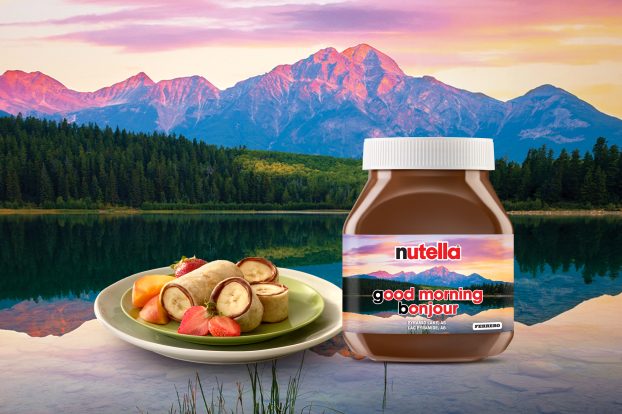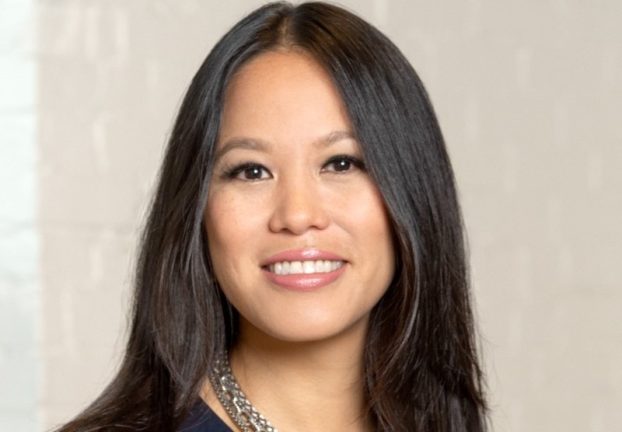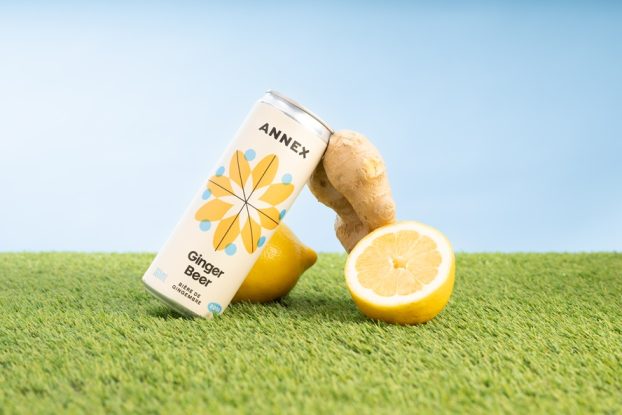Also in this special report:
Attempting to condense 150 years of a company’s marketing and advertising history down to a handful of newspaper pages is a bit like trying to cram the Northwest Territories into Prince Edward Island try as you might, you’re just not going to get it all in.
And when the company is Labatt Breweries of Canada, one of the country’s most prolific advertisers, the task becomes even more monumental.
But here at Strategy, we like nothing if not a hearty challenge.
Though much detail has necessarily been left out of this historical look back at Labatt, the essential story that emerges is one of a company that owes its success to sound strategic thinking, sensitivity to consumer demands and a willingness to take risks and aggressively exploit marketing opportunities as they present themselves.
Cheers.
In its never-ending battle to gain market share, Labatt Breweries spends millions of dollars annually on advertising to convince Canadians to maintain their loyalty to the company’s 40-plus national and regional brands of beer.
In its earliest days, though, John Labatt Brewery, very much a local enterprise in London, Ont., did little more than to print the occasional bar poster or take out small ads in the daily London Free Press to promote the ‘pure and wholesome’ characteristics of its four brands of beer.
That Labatt advertised little through the late 19th and early 20th centuries had much to do with the fact that the home consumption of ales and spirits was not a widespread phenomenon in Canada. Beverage rooms were the preferred drinking locale for Canadian tipplers.
Of even stronger influence on Labatt’s advertising activities, however, was the growing political strength of the Temperance movement.
After decades of organized opposition to alcohol consumption in North America, the movement succeeded in 1916 in convincing the Ontario government to ban the production and sale of alcoholic beverages for local consumption. Prohibition in the other provinces followed soon afterward.
Because provincial liquor laws prevented beer companies from advertising specific brands of beer well after Prohibition was abandoned in 1927, Labatt adopted a marketing strategy early on that focused on its community involvement rather than the actual products it produced.
So, whether it was by providing disaster relief to flood victims, organizing safe driving programs across the country or plowing highways after a snow storm, Labatt managed to gain the support of Canadian consumers without spending any great amount on brand advertising.
Even when the company did advertise, the ad copy was more likely to espouse the virtues of a current social cause than that of a particular brand of beer.
In 1945, Labatt’s first year as a public company, the company’s annual report stated that its advertising ‘supported anti-inflation, Victory Loans and other matters of national interest.’
A statement of policy in the same annual report said Labatt was committed to operating ‘in such a manner and to use such methods as will prove to Canadians that the company is concerned with the general welfare.’
Later, the common thread in Labatt’s print ads of the 1950s and early to mid-1960s was a tendency to focus on the benefits of the product itself.
However, beginning in the late 1960s, like most other major consumer goods companies in North America, Labatt shifted its advertising focus to television. At that point, the company’s advertising strategy moved away from promoting the taste profile of its beer to portraying desirable lifestyle images that supposedly went hand in hand with beer drinking.
A major turning point in Labatt’s marketing history occurred in 1968 when a tv campaign for the recently renamed Labatt Blue introduced one of the most recognizable jingles in Canadian advertising history: ‘When you’re smiling’.
Created by J. Walter Thompson of Toronto, Labatt’s agency-of-record of the time, the campaign was an instant brand-building success, thanks in equal measure to its jingle and its visual use of the Blue Balloon, a corporate icon that symbolized perfectly the free-spirited sentiment of the times. The campaign was the first step on the path to cementing Blue as Labatt’s flagship brand.
Despite the extended success of the ‘When You’re Smiling’ campaign theme, Labatt was roused to make a change in 1985 following the introduction by competitor Molson Breweries of a powerful new campaign ‘Taste that will stop you cold’ for its own flagship brand, Molson Canadian.
Labatt called an agency review to seek out new thinking on the brand and eventually awarded the account to Scali McCabe Sloves. sms convinced the brewer that its ‘Call for a Blue’ campaign would help Blue regain lost market share. While sales did climb initially, much of the credit was attributed to the fact that, at that time, Blue was the only Canadian beer brand to feature a twist-off cap.
In the period from 1985 to 1992, brand advertising for Blue still Labatt’s top brand was marked by a succession of ill-fated campaigns.
‘If you’re out to build brand equity and a strong healthy brand, the last thing you should be doing is continually sending out mixed signals,’ says Labatt’s current vice-president of marketing, David Kincaid.
Kincaid admits the inconsistency in Blue’s advertising was caused, in large part, by the brewer’s mistaken efforts to make the brand appeal to too large a swath of the beer market.
But he says the company now has a different strategy in place, supported by extensive market research, wherein it has developed beers such as Labatt Genuine Draft and Labatt Ice to target specific niches of the broader market Blue once covered.
Kincaid says the result is that Blue no longer has to be all things to all people.
This has given the brand’s current agency-of-record, Ammirati & Puris of Toronto, the freedom to focus on leveraging, in its strategies and creative executions, what Kincaid defines as Blue’s core equities: ‘quality and tradition.’
William and Jacques, the two Canadian explorers featured in a series of commercials over the past several years, were an obvious representation of these features. More recently, Labatt moved, with the launch of its new ‘It’s your call’ campaign, to refine Blue’s positioning by giving its advertising a modern look while retaining the brand’s traditional values.
‘Blue is our flagship brand and it needs to be treated with the appropriate level of respect,’ he says. ‘The challenge is to maintain its loyalty as people get seduced into the trial of all the new products.’























